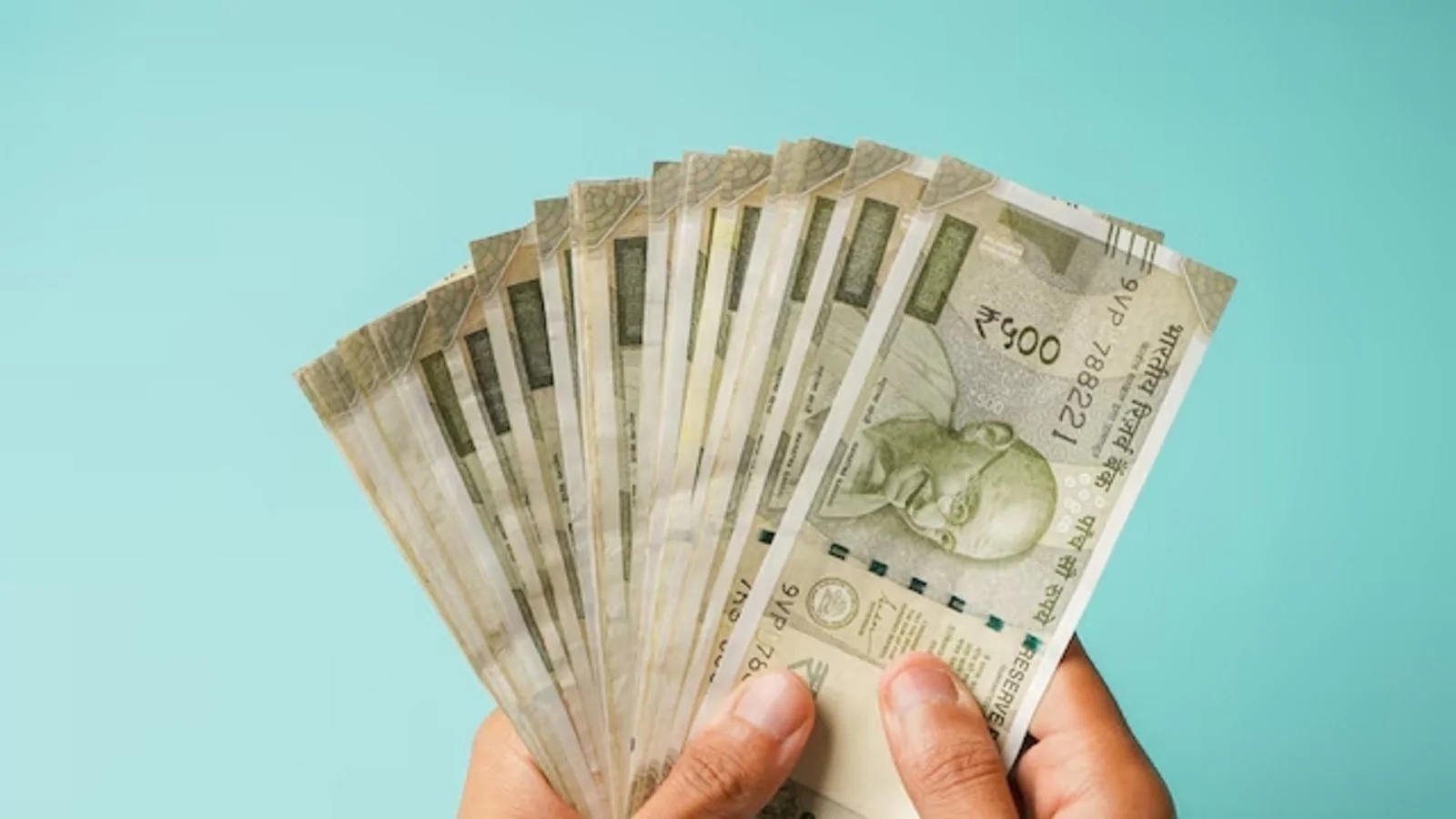
Union Cabinet Approves 2% DA Increase for Central Government Staff
The Union Cabinet has sanctioned a 2% boost in Dearness Allowance (DA) for central government employees, raising the current rate from 53% to 55% of basic pay. This decision, announced by Union Minister Ashwini Vaishnaw, marks a significant financial uplift for over 1 crore employees and pensioners. The adjustment, effective from January 1, 2025, will be retroactively applied to April salaries, including arrears for January-March 2025. This delay in implementation highlights the complex coordination required to align wage adjustments with inflationary trends. The move underscores the government’s commitment to maintaining purchasing power for public sector workers amid rising living costs.
Salary Calculations and Real-World Impact
The DA hike translates to tangible salary increases for employees across different pay scales. For an entry-level worker with a basic salary of Rs 18,000, the monthly allowance will rise by Rs 360, bringing total earnings to Rs 21,360. Mid-level employees earning Rs 30,000 per month will see their DA increase from Rs 9,540 to Rs 9,900, a Rs 360 boost. This calculation methodology ensures that allowances scale with income levels, providing proportional relief. The revised DA structure also accommodates pensioners, who receive Dearness Relief (DR) at the same rate, ensuring parity in financial support.
Historical Context and DA Calculation Mechanism
The current DA adjustment follows a previous 3% increase in October 2024, which raised the allowance from 50% to 53% of basic pay. This pattern of bi-annual adjustments aligns with the government’s strategy to counter inflation, which is measured using the All India Consumer Price Index (AICPI). The DA formula, last revised in 2006, uses a 12-month average of AICPI data to determine percentage increases. For pensioners, a three-month average is applied, reflecting the distinct needs of retired personnel. These calculations ensure allowances remain responsive to economic fluctuations.
Future Projections and the 8th Pay Commission
Financial analysts predict a substantial salary overhaul through the upcoming 8th Pay Commission, expected to be established in April 2025. Goldman Sachs estimates that central government employees could see a median salary increase of Rs 14,000-19,000 per month by 2026 or 2027, representing a 14-19% rise over current pre-tax earnings of Rs 1 lakh. This projection highlights the potential for transformative changes in the public sector wage structure. While the 7th Pay Commission’s adjustments provide immediate relief, the 8th Commission’s recommendations could redefine long-term salary frameworks for millions of workers.
Policy Implications and Workforce Stability
The DA adjustments reflect broader policy priorities in balancing fiscal responsibility with workforce welfare. By linking allowances to inflation rates, the government aims to maintain purchasing power without straining the budget. However, the delayed implementation of the 2025 hike raises questions about administrative efficiency. These adjustments also play a critical role in retaining talent in the public sector, particularly in a competitive job market. As the 8th Pay Commission looms, the focus remains on creating a sustainable salary structure that aligns with both economic realities and employee expectations.




